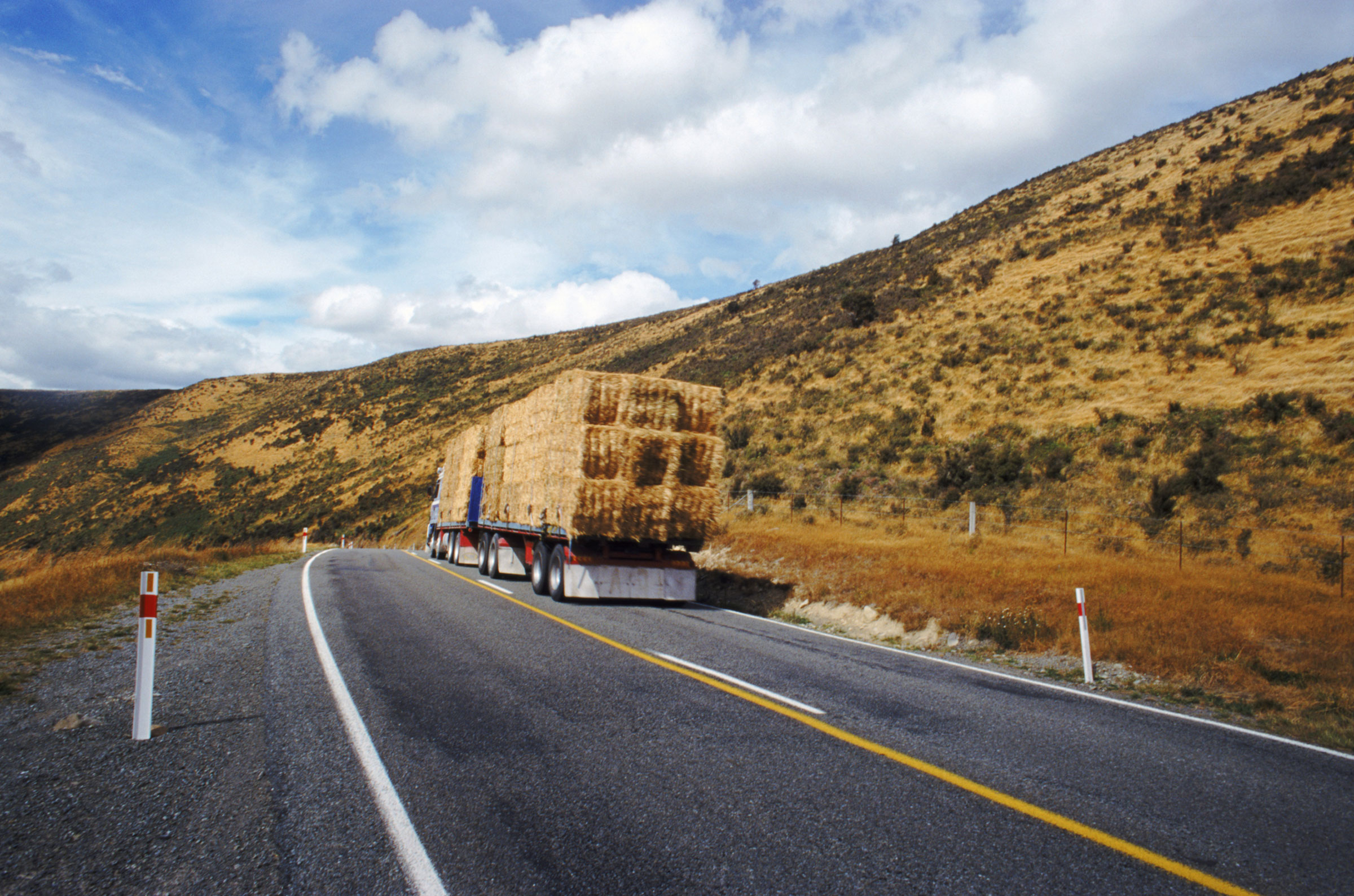
Editor’s note: This is the time of year that many horse owners start stocking up on hay for the coming winter. The following information from the University of Minnesota Horse Extension can help you select the best hay possible.
Hay is the most expensive component in most horse diets. Buying good-quality hay lead to financial savings and improved horse health. Here are some questions horse owners should ask when purchasing hay.
1. Have you sold to horse owners before or do you specialize in horse hay?
Horses are more susceptible to mold and some weeds compared to other livestock. Horse hay suppliers tend to have experience in baling hay for horses.
2. What is the average weight of the bales?
This is very important if buying hay by the bale.
3. What crop/cutting is the hay?
This helps indicate maturity and quality, but it is not critically important. To reduce the risk of weather‐related issues, horse owners should buy some hay from each cutting.
4. What species are present in the hay?
Legume and grasses have different nutrient values. For example, a mature grass hay is best suited to adult horses at maintenance while legume hay is best-suited for performance horses.
5. Where was the hay harvested?
Rule out ditch hay. Ditch hay has a greater risk of being contaminated with weeds and garbage.
6. Was the hay rained on?
Rained on hay is a good choice for horses with metabolic problems; it tends to be lower in water soluble carbohydrates. Hay that is rained on soon after cutting will have less losses in forage quality compared to raked hay.
7. Was the hay stored inside or under cover after baling?
Hay stored inside or under cover has less storage loss. Storage and feeding losses can be as high as 50%.
8. Was the hay field fertilized and/or sprayed for weeds or insects?
This shows good management and likely a better-quality product. Pestcides applied to hayfields are safe for livestock as long as labeled harvest restrictions are followed.
9. What are the payment options?
Most hay producers require payment at the time of delivery.
10. Is delivery available and what is the cost?
Finding a local hay supplier will save on trucking.
11. What is the price of the hay?
You can ask if there is a price reduction for volume buyers or those paying cash. Hay usually sells by the ton or by the bale.
12. Is assistance available with onsite handling and stacking of hay, and if so, at what cost?
This can be very important if you are buying large amounts of hay that will need to be stacked in your barn or on your property.
13. Is storage an option?
If the hay grower has space to store hay (especially under cover), ask what the cost would be. Most horse owners do not have enough onsite, inside hay storage.
14. How much hay do you have/bale each year?
Knowing this helps ensure a consistent supply of hay. Changing any feed, including hay, should occur gradually and over several weeks to reduce the risk of colic and digestive upset.
For more information from the University of Minnesota Horse Extension please visit their website.


